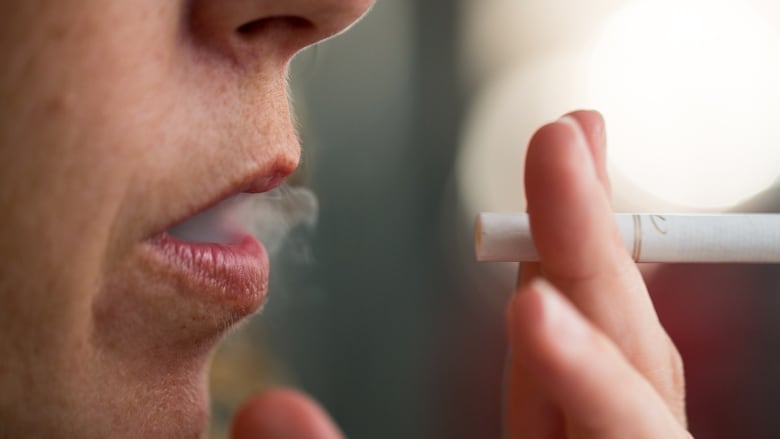Second-hand smoke can hurt kids years after exposure
Children more likely to become smokers themselves if their parents smoke

Breathing second-hand smoke duringchildhood can lead to long-term breathing and health problemsand a shorter life expectancy, according to a new scientificstatement from the American Heart Association.
Even though the harms of exposing kids to cigarette smokeare well known asthma and lung infections among them manychildren still breathe this smoke at home or in public places orwhile riding in cars or buses, noted Dr. Geetha Raghuver, leadauthor of the statement.
"Minority children and those from poor backgrounds areexposed more often," Raghuver said by email.
"Cigarette smoking is very addicting and a stress reliever;this along with easy access is likely the reason that it isstill prevalent," she added.
Overall, an estimated 24 million nonsmoking children andyouths are exposed to second-hand smoke in the U.S., largelybecause of parents who smoke.
That translates to four in 10 school-aged children and onein three adolescents, Raghuver and colleagues note in thestatement published in the journal Circulation.
Evidence of nicotine exposure despite smokingrate drop
The adult smoking rate in the country was 18.1 per cent in 2012, according to the Centers for Disease Control and Prevention.
In 2012, researchers found a nicotine byproduct calledcotinine in blood samples from nearly 41 per cent of U.S.children ages 3 to 11, and in 34 per cent of kids ages 12 to 19 -
despite declines over recent decades in both adult smoking ratesand the proportions of young children and adolescents livingwith smokers.
Poor and non-white kids were disproportionately affected.
Those blood tests found 68 per cent of low-income childrenand 43 per cent of minority youth were exposed to second-handsmoke. While Hispanic children were slightly more likely to beexposed than white kids, the problem was most pronounced amongblack children.
Socio-economic factors
"It is a socio-economic and a health care associateddisparity issue," said Dr. Avni Joshi, a pediatrics researcherat the Mayo Clinic in Rochester, Minnesota who wasn't involved
in the statement.
"Parents do not understand or are oblivious to the gravity of second- and third-hand smoke exposure and possible effects,"Joshi added by email. "This may be related to their level ofeducation, access to health care and role-modelling in thecommunity."
Children are more likely to become smokers themselves iftheir parents smoke.
Besides impacting heart function by causing damage toarteries, exposure to second-hand smoke has been associated withother cardiovascular risk factors including obesity, highcholesterol, and insulin resistance which is linked todiabetes.
While doctors have warned parents about the dangers ofsecond-hand smoke for years, recent research has helped explainwhy this can be dangerous for kids, the statement authors note.
Chemicals in second-hand smoke can cause changes to bloodflow, blood vessels, blood pressure and heart rhythm.
Kidssusceptible physically to smoke's effects
Children are especially vulnerable to second-hand smokeexposure in part because they cannot control tobacco use intheir surroundings, and they appear to be particularlysusceptible physically to the smoke's effects.
But the effects of second-hand smoke may be difficult forparents to see while children are young, said Dr. AnnieLintzenich Andrews, a pediatrics researcher at the Medical
University of South Carolina who wasn't involved in thestatement.
"Avoidance of secondhand smoke exposure might not be on thetop of many parents' list of priorities due to so many competingdaily stressors like getting kids to school, paying the bills,supplying nutritious meals," Andrews said by email.
"Also, there are often not immediate, tangible negativeconsequences to secondhand smoke exposure in children making itdifficult for parents to appreciate the risks it poses to theirchildren," Andrews added.












_(720p).jpg)


 OFFICIAL HD MUSIC VIDEO.jpg)
.jpg)



























































































